Revolution of Fitness with Virtual Reality
Virtual reality (VR) has emerged as a groundbreaking technology that transcends across various fields - from gaming and education to healthcare, and now, fitness. With virtual reality reaching more people, fitness has undergone a significant transformation, becoming more engaging, enjoyable, and efficient than ever before. This article explores how Virtual Reality has revolutionized home workout routines.
The Fusion of Technology and Fitness
The incorporation of technology into fitness has expanded the horizons of workout possibilities. Traditionally, fitness meant monotonous workouts and strenuous exercises within the realm of gyms. However, with virtual reality, the entire landscape of workouts has shifted, transforming exercise into immersive, fun-filled experiences. VR workouts can now simulate hiking on a mountain, cycling through a scenic forest, or even sword fighting with fictional characters, all from the comfort of one's home. Moreover, the interactive nature of the medium encourages users to push their limits, making workouts all the more efficient.
Popular VR Workout Games and Programs
Several VR workout games and programs have gained popularity, mainly due to their effectiveness and engaging concepts. For example, 'Beat Saber' is a rhythm game that encourages energetic arm movements to slice beats that are synced with high-tempo music. Similarly, 'BoxVR' simulates a boxing experience that makes the user duck, dodge, and punch, thereby helping burn calories. Other popular VR fitness applications include 'Supernatural', a cardio-intensive workout, and 'FitXR', a social fitness platform with classes in boxing and dance.
Impact and Potential Implications of VR on Health and Fitness
The impact of VR on health and fitness is profound. Besides making exercises more enjoyable, it introduces an element of conviction to the workout routine. The compelling virtual world keeps users engaged, which often results in longer workout durations and increased drive towards fitness goals. There's potential for VR to aid not only in physical health but also in mental well-being, providing a wholesome mind-body experience.
Looking towards the future, possibilities for VR fitness are expansive. It might not be far-flung when VR can provide personal trainers who can curate personalized, immersive training plans based on the users' fitness goals and health conditions.
Challenges and Potential Solutions
Though innovative, the incorporation of VR into workouts isn't devoid of challenges. Accessibility remains a significant roadblock as top-notch VR equipment can be expensive. Another concern is users' potential susceptibility to motion sickness. Also, as with all technology, there's a risk of technical glitches that may disrupt the exercise routine.
Despite these issues, promising solutions are emerging. Many companies are striving to make VR technology more affordable. As for motion sickness, developers are focusing on comfort design features to minimize its likelihood. Moreover, investing in maintenance and updating the VR hardware and software regularly can ensure minimal technical disruptions.
Conclusion
In a nutshell, Virtual Reality has undoubtedly brought about a paradigm shift in the fitness world, making workouts more interesting and effective. As technology continues to evolve, it is safe to say that the future of fitness is intrinsically linked to the developments in VR, promising a profound mix of health, enjoyment, and convenience.
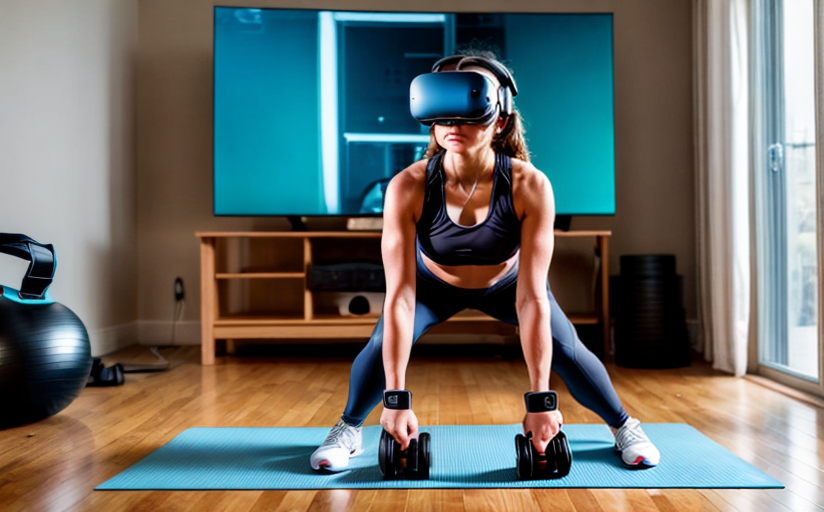

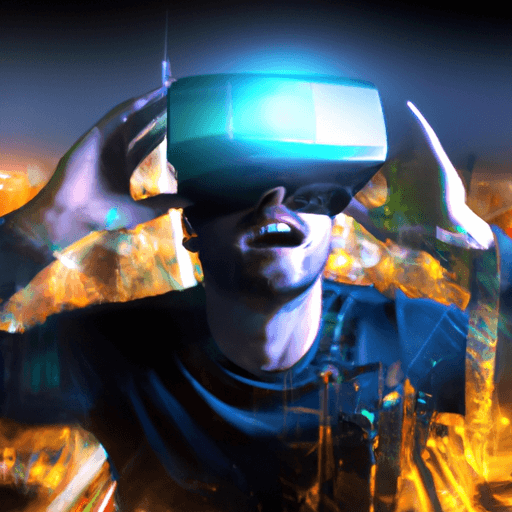




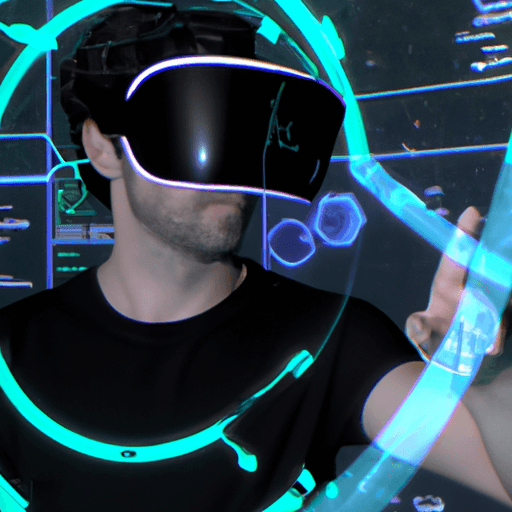




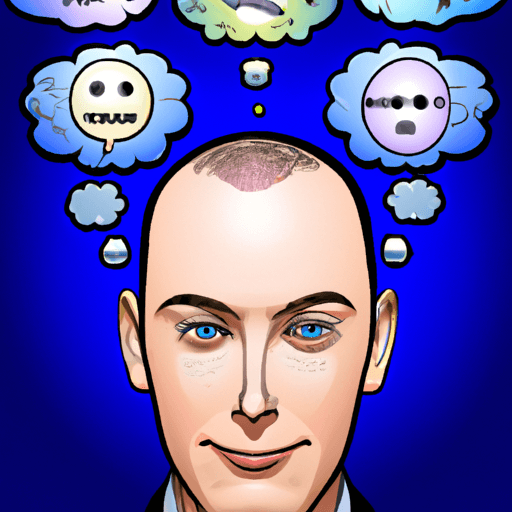
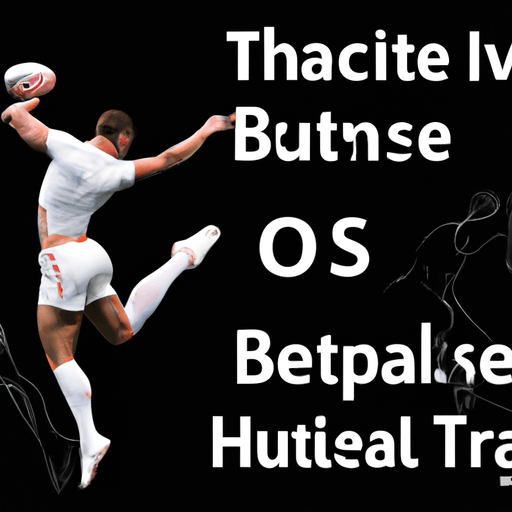




Comments
Leave a Comment